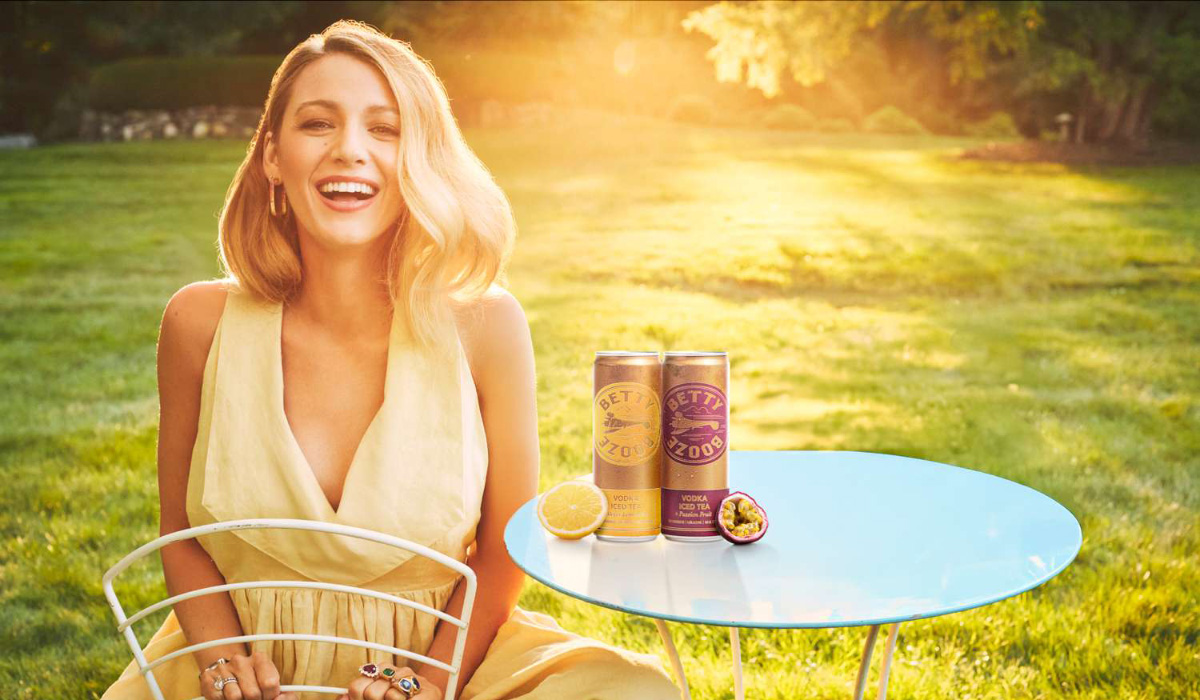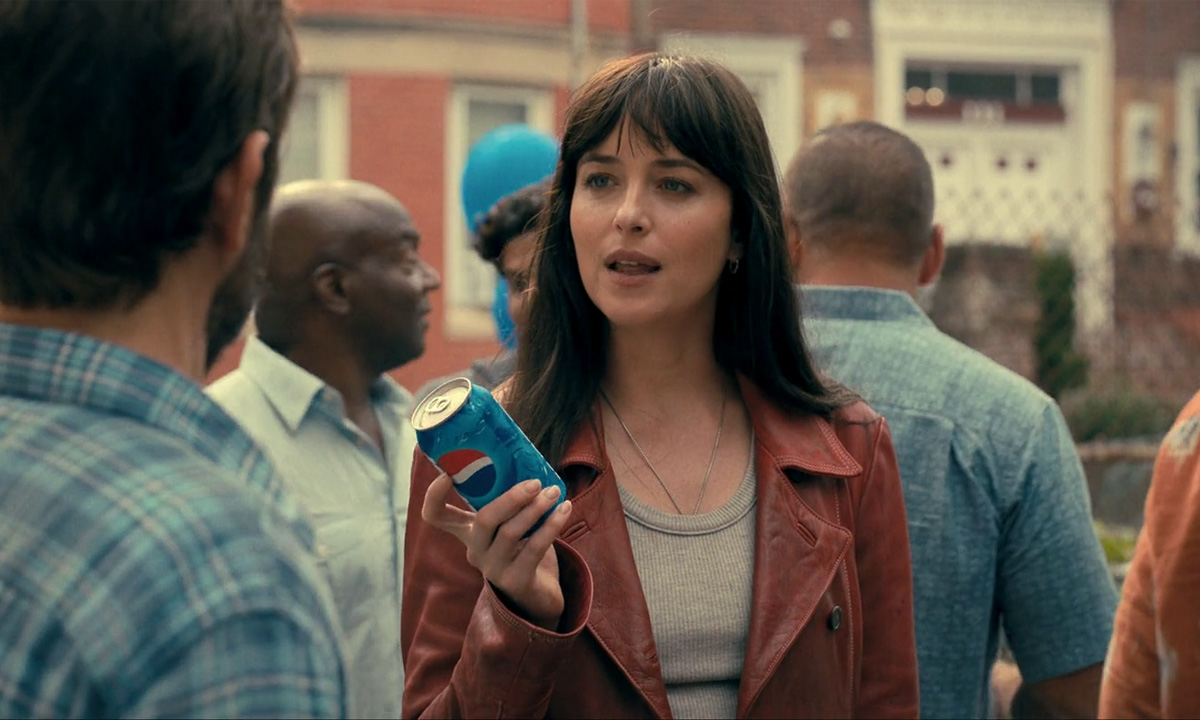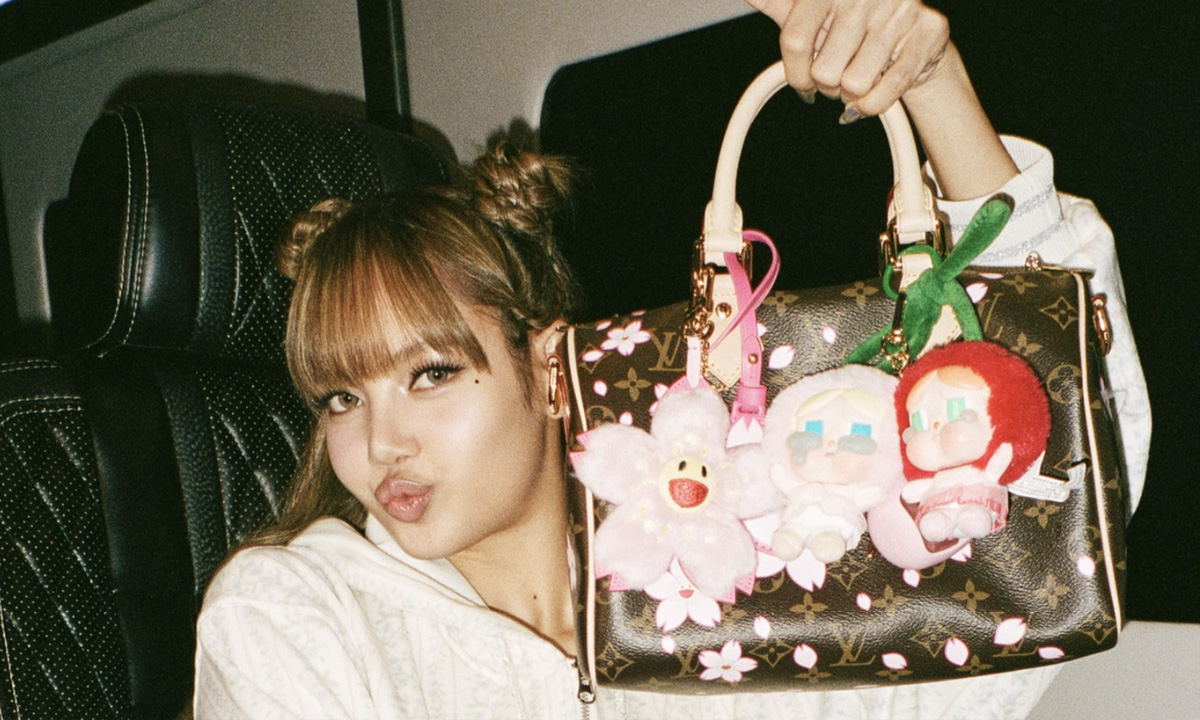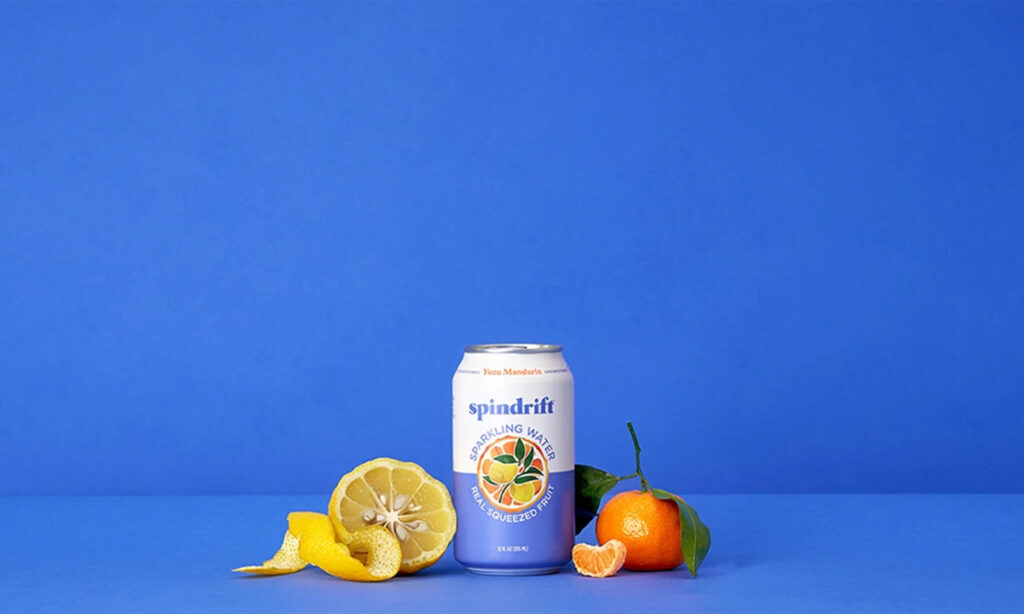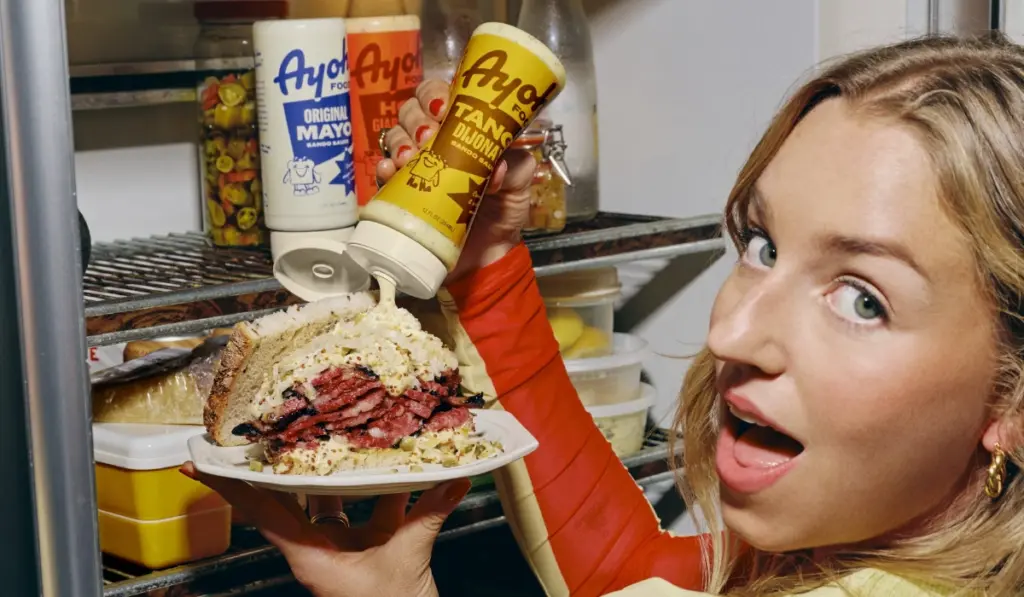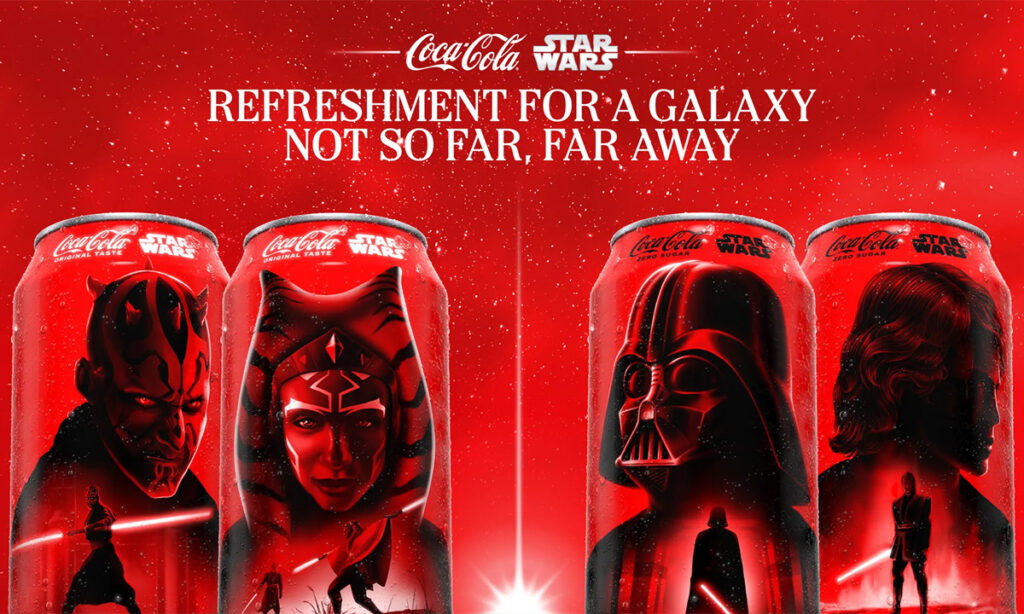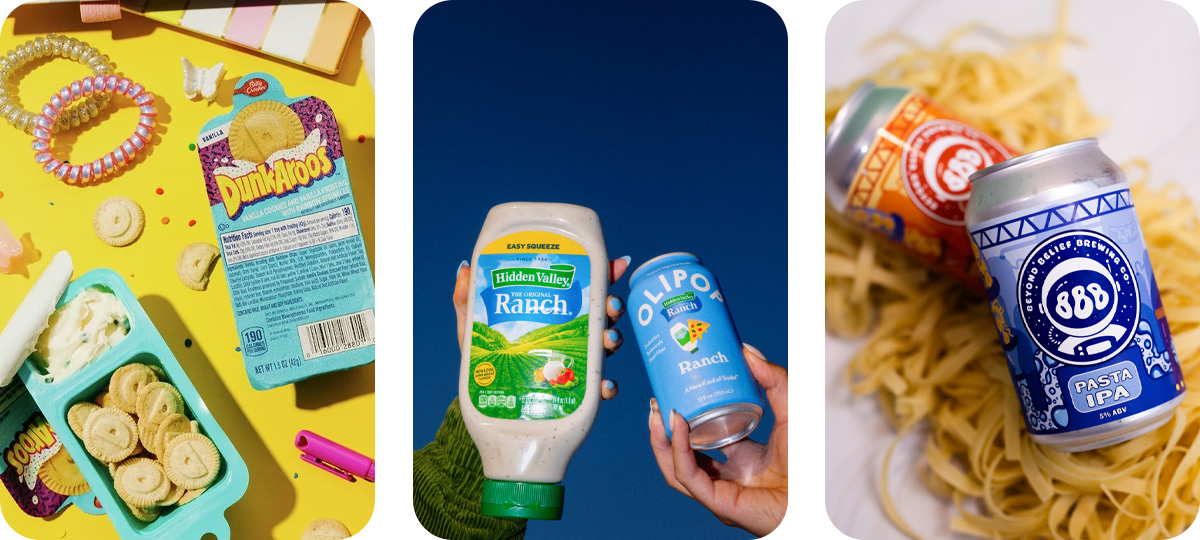
Good morning. Some brands are reviving the flavors of childhood. Others are turning food waste into hit products. Different vibes, same playbook: make it nostalgic or make it sustainable—but whatever you do, make it sell. Even brands gave April Fools a shot… and proved not everyone’s built for comedy.

Old-School Flavors, New Rules
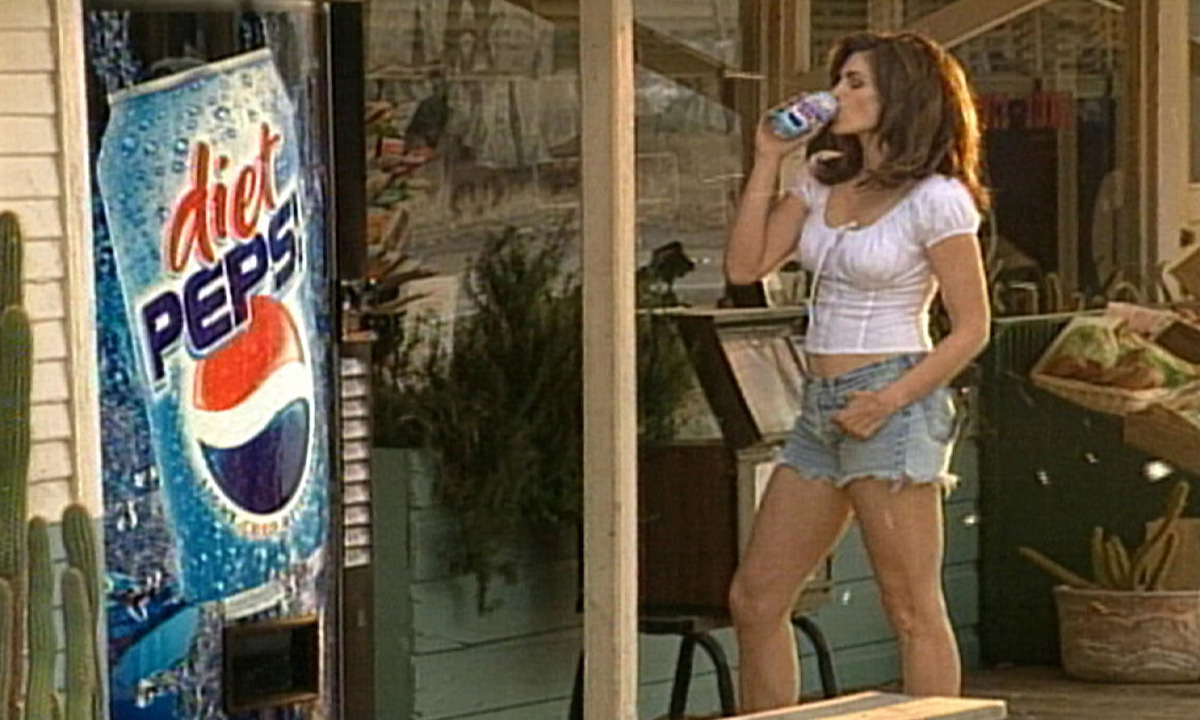
Nostalgia is having a serious moment—but this isn’t just about reruns and record players. In this world, heritage flavors are being reimagined by modern brands who know the past sells.
Think Wild Bill’s drops a zero-sugar cream soda float. Dunkaroos are back, letting you dunk your way into 90s nostalgia with their classic cookie and frosting combo. Pop-Tarts is bringing back Frosted Grape for a limited run. The taste triggers memories—the ingredients match values.
Nostalgia is more than a trend; it’s a buying behavior. 76% of consumers ages 22–55 say they’re drawn to nostalgic products that remind them of childhood. In uncertain times, shoppers crave familiarity—and food is one of the fastest ways to deliver that emotional payoff.
Here’s how brands are using it:
- Emotional moat: Nostalgia makes new brands feel like old friends.
- Product validation: Familiar flavors lower the risk of trial.
- Shelf standout: Throwback packaging catch eyes fast.
Some legacy snack brands are quietly returning—often via DTC or collabs—while new-age brands rework childhood flavors to fit today’s standards. Cleaner labels, bolder storytelling, and better-for-you angles are making retro feel fresh again.

Turning Trash into Treasure
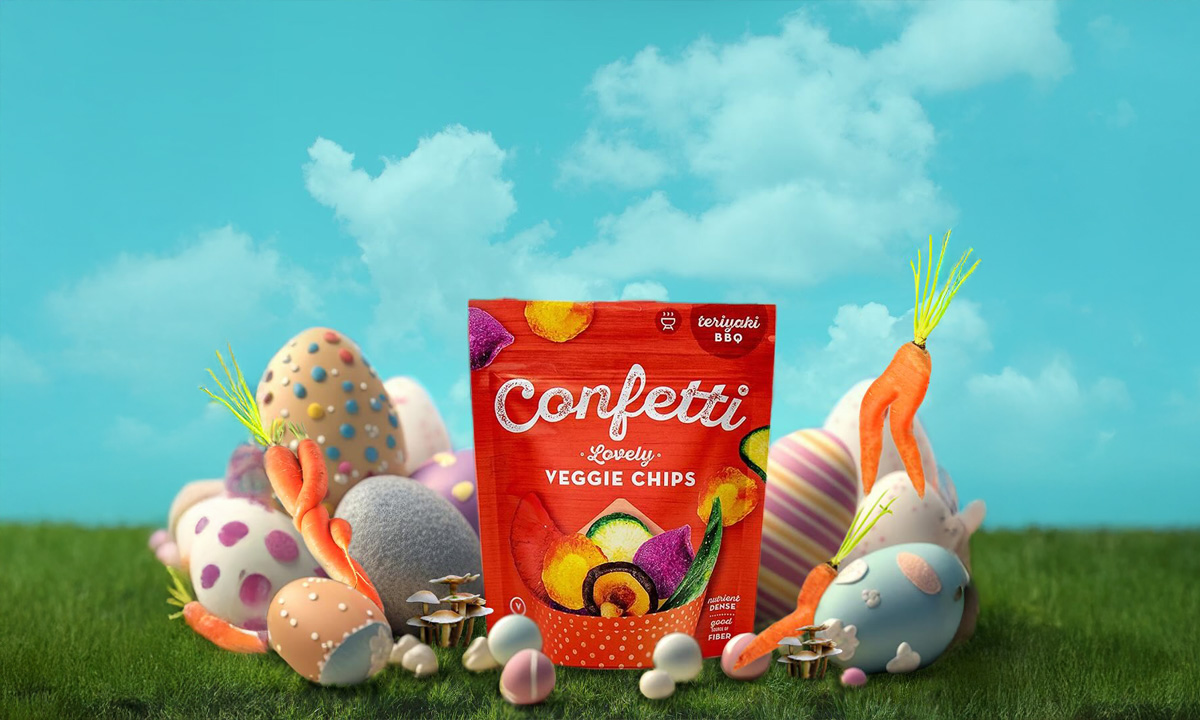
Your next beer might be brewed from discarded pasta. No joke—Beyond Belief Brewing is doing exactly that. Meanwhile, B-SIDES just launched Crunch Puffs made from oat milk byproducts. In 2025, food waste isn’t a flaw—it’s the feature.
Upcycling isn’t just good for the planet—it’s marketing gold. When every other snack claims to be “clean,” “plant-based,” or “gluten-free,” ingredient origin becomes the new flex. Saying “this came from oat milk waste” beats “made with chickpea flour” any day.
Upcycled ingredients give brands more than eco-cred. They create a built-in story you can wrap messaging, PR, and packaging around. It’s product dev as storytelling. And right now? Storytelling sells.
A few more doing it right:
- Confetti Snacks turns surplus vegetables into colorful chips—earning shoutouts from Forbes for its mission.
- ReGrained built snack bars from spent brewing grains, and now licenses their upcycling tech to others.
- Renewal Mill transforms soybean pulp (okara) into high-fiber baking mixes. Female-founded and full-circle.
Whether it’s pasta beer or pulp cookies, the playbook is clear: build better-for-you products with a better-for-everyone supply chain—and make that story loud enough to hear on shelf.

Fresh Finds: Joke’s On Us
Some brands went full prank mode this week—and the results were weird, wild, and occasionally brilliant.
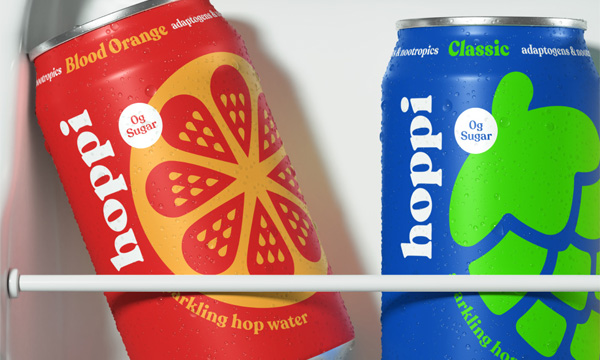
Hop WTR x Poppi = “Hoppi”
A fake rebrand mocking the Poppi acquisition—pastel cans, prebiotic buzzwords, and full sellout energy.
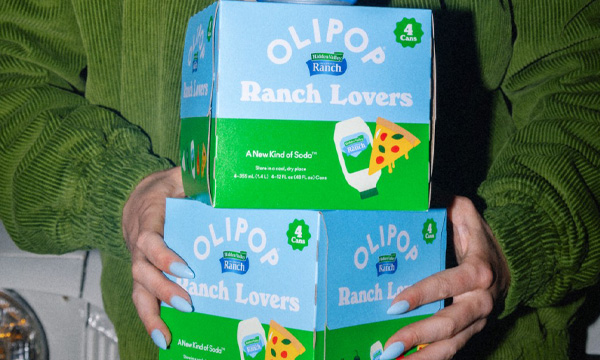
Olipop x Hidden Valley Ranch
Soda flavors like Garlic Ranch and Hot Honey Ranch. Disgusting? Maybe. Memorable? Definitely.
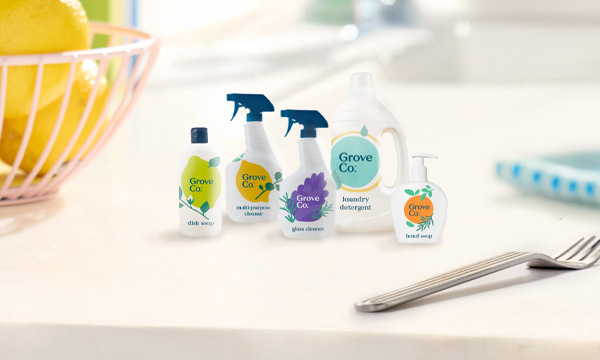
Grove Co. 5% Collection
Tiny cleaners in virgin plastic, “just like the 5% we actually recycle.” Satire meets sustainability.

Worth the Click
Stories we couldn’t stop thinking about—curated so you don’t have to scroll.
- Why Is the Ordinary, a Skin-Care Brand, Selling Eggs?
- Nature-inspired bird food packaging concept.
- AI is helping CPG brands move fast and think smarter.
- Glitter. THC. In your drink. Yes, really.
- Latin America might be brand’s biggest blind spot—and breakout.

